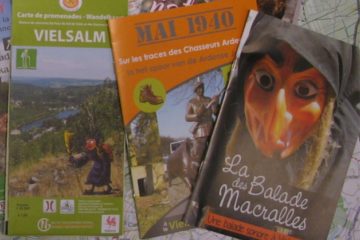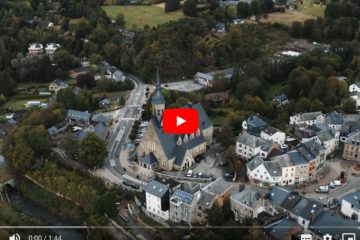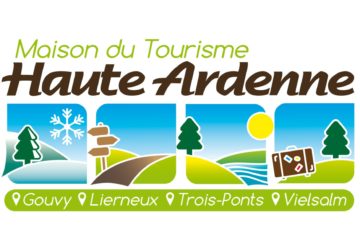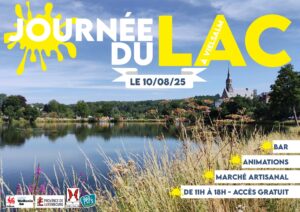Les tertres d'orpaillage
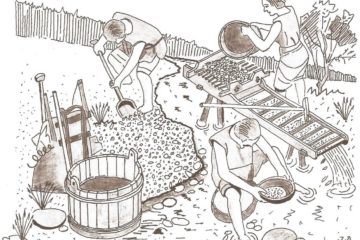
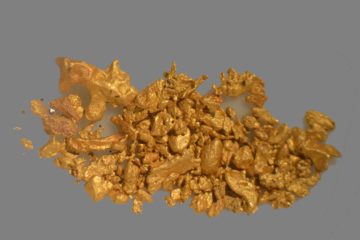
Il y a plus de 2000 ans, les Celtes ont prospecté dans toute l’Ardenne à la recherche d’or. Quand ils en trouvaient en quantité suffisante, ils mettaient en place une exploitation pour extraire les minuscules grains et lavaient les alluvions des rivières et ruisseaux. La Rouge-Rie qui coule au fond de cette vallée a été le théâtre d’une telle exploitation. Les tertres qui se trouvent encore sur les berges de ce ruisseau sont les témoins de cette activité extraordinaire. A l’heure actuelle, on trouve toujours de l’or dans de nombreux ruisseaux en Ardenne mais l’orpaillage est interdit et l’activité n’est absolument pas rentable.
De goudzoekersheuvels
2000 jaar geleden hebben de Kelten overal in de Ardennen geprospecteerd op zoek naar goud. Toen ze er voldoende vonden startten ze een exploitatie en ze wasten het zand van de rivieren om er de piepkleine korrels uit te halen. Ze gebruikten een sluicebox en een goudpan omdat het goud zo zwaar is dat het op de bodem van die werktuigen zinkt terwijl het lichtere materiaal wordt weggespoeld. De Rouge-Rie die hieronder stroomt was het schouwtoneel van zo’n exploitatie. De heuvels die nog langs de oevers van dit beekje liggen zijn de getuigen van deze buitengewone activiteit. Heden ten dage kan men in België nog goud vinden maar goudpannen is verboden en de activiteit is helemaal niet rendabel.
The golddiggers tailings
Two thousand years ago the Celts prospected the Ardenne in search of gold. When they found enough, they started an exploitation and panned the sand of the rivers to extract the minute gold particles. They used a sluice box and a gold pan because the gold is so heavy that it sinks rapidly to the bottom of the equipment while the lighter material is washed away. The Rouge-Rie which flows below was typical of such an exploitation. The tailings still stand along the banks of this little creek and remain as witness to this extraordinary activity. Nowadays, one can still find gold in Belgium, but panning for gold is prohibited and the activity is certainly not economically viable!
Die Goldwaschhügel
Vor mehr als 2000 Jahren prospektierten die Kelten die Ardennen auf der Suche nach Gold. Wenn sie eine lohnende Stelle gefunden hatten, begannen sie mit der Ausbeutung, indem sie aus dem Sand der Flüsse die winzigen Goldpartikel herauswuschen. Dazu benutzten sie eine Waschrinne und eine Goldwaschpfanne. Während das schwere Gold auf den Boden sank, wurde das leichtere Material weggespült. Der Bach „Rouge-Rie“, der hier die Talsohle durchfließt, war einst Schauplatz der Goldgewinnung durch die Kelten. Die am Ufer des Rouge-Rie heute noch sichtbaren Erdhügel sind Zeugnisse dieser außergewöhnlichen Beschäftigung. Heutzutage kann man in Belgien immer noch Gold finden, aber das Goldwaschen ist verboten und darüber hinaus auch nicht lohnend.


